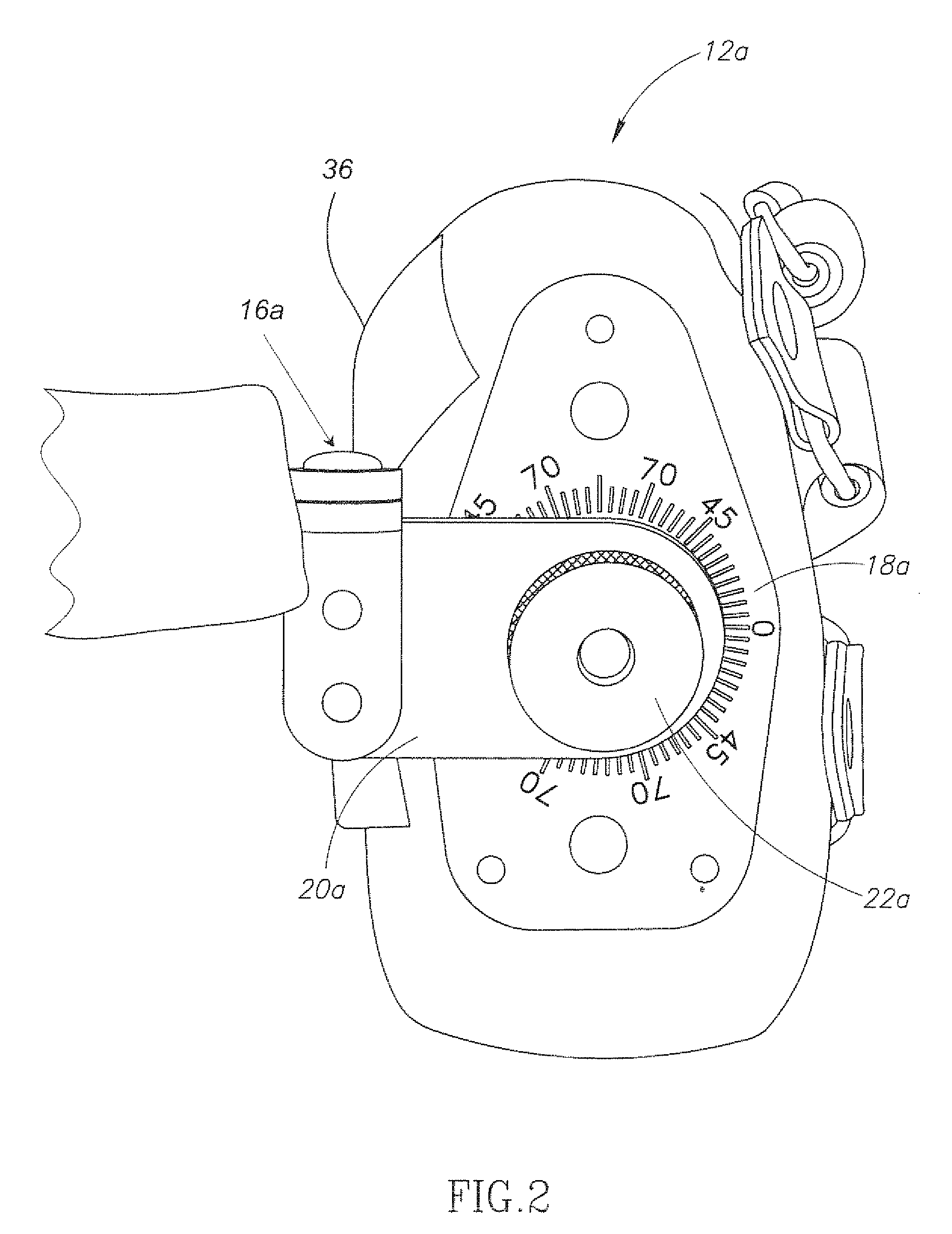Orthotic clubfoot device
a clubfoot and orthography technology, applied in the field of orthopaedic devices, can solve the problems of uncorrected clubfoot in the older patient or adult, bone misshapening, arthritis in early adulthood,
- Summary
- Abstract
- Description
- Claims
- Application Information
AI Technical Summary
Problems solved by technology
Method used
Image
Examples
Embodiment Construction
[0022] The present invention provides an orthotic device, wherein a patient's feet are maintained at a desired angle while allowing the patient's feet to have vertical mobility and preventing blister formation. It has been discovered that a custom molded insert placed inside a standard ankle foot orthosis (AFO) prevents blister formation, pressure sores and discomfort previously encountered when wearing the standard braces. In addition, the orthotic device of the present invention includes an orthotic splint assembly that allows the patient's legs to move independently while maintaining the heels at approximately shoulder width. By maintaining this distance, the patient's knees are not injured or torqued. The present invention is also directed to an orthotic splint assembly including a cross brace, two foot supports connected to the cross brace by two pivot assemblies, which allow each foot support to swivel or pivot independently around a vertical axis.
[0023] Referring to the draw...
PUM
 Login to View More
Login to View More Abstract
Description
Claims
Application Information
 Login to View More
Login to View More - R&D
- Intellectual Property
- Life Sciences
- Materials
- Tech Scout
- Unparalleled Data Quality
- Higher Quality Content
- 60% Fewer Hallucinations
Browse by: Latest US Patents, China's latest patents, Technical Efficacy Thesaurus, Application Domain, Technology Topic, Popular Technical Reports.
© 2025 PatSnap. All rights reserved.Legal|Privacy policy|Modern Slavery Act Transparency Statement|Sitemap|About US| Contact US: help@patsnap.com



